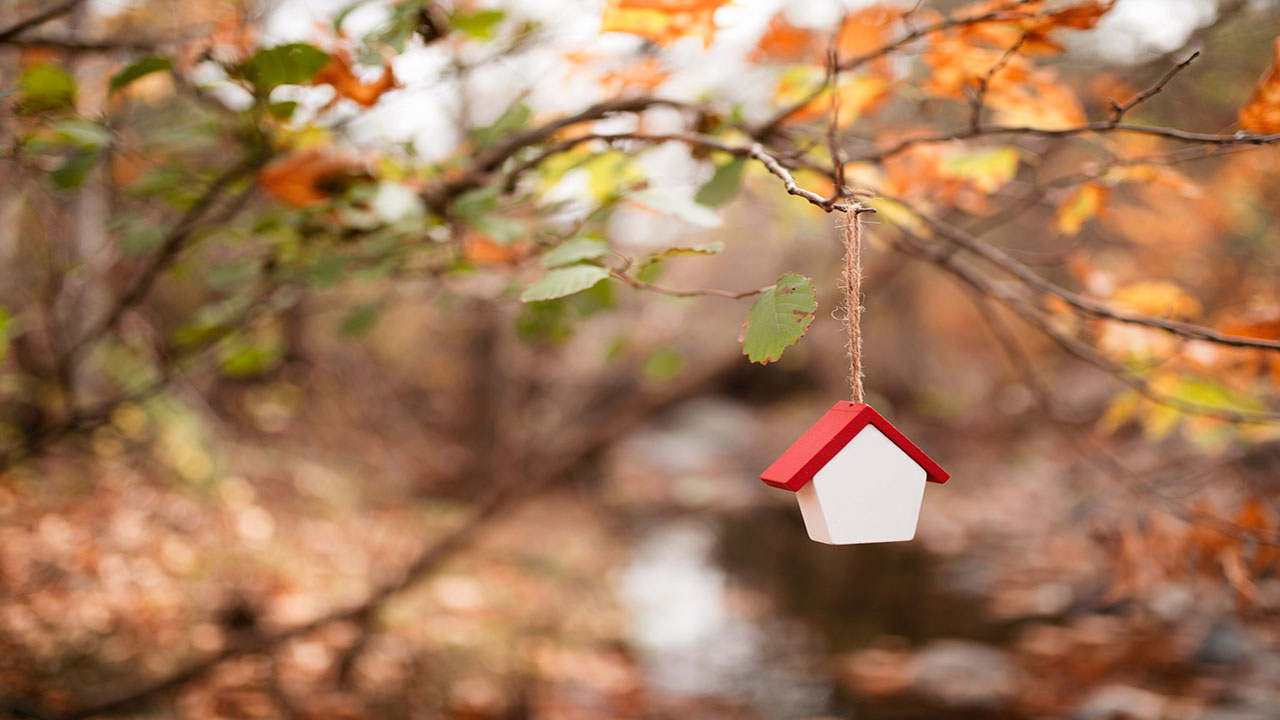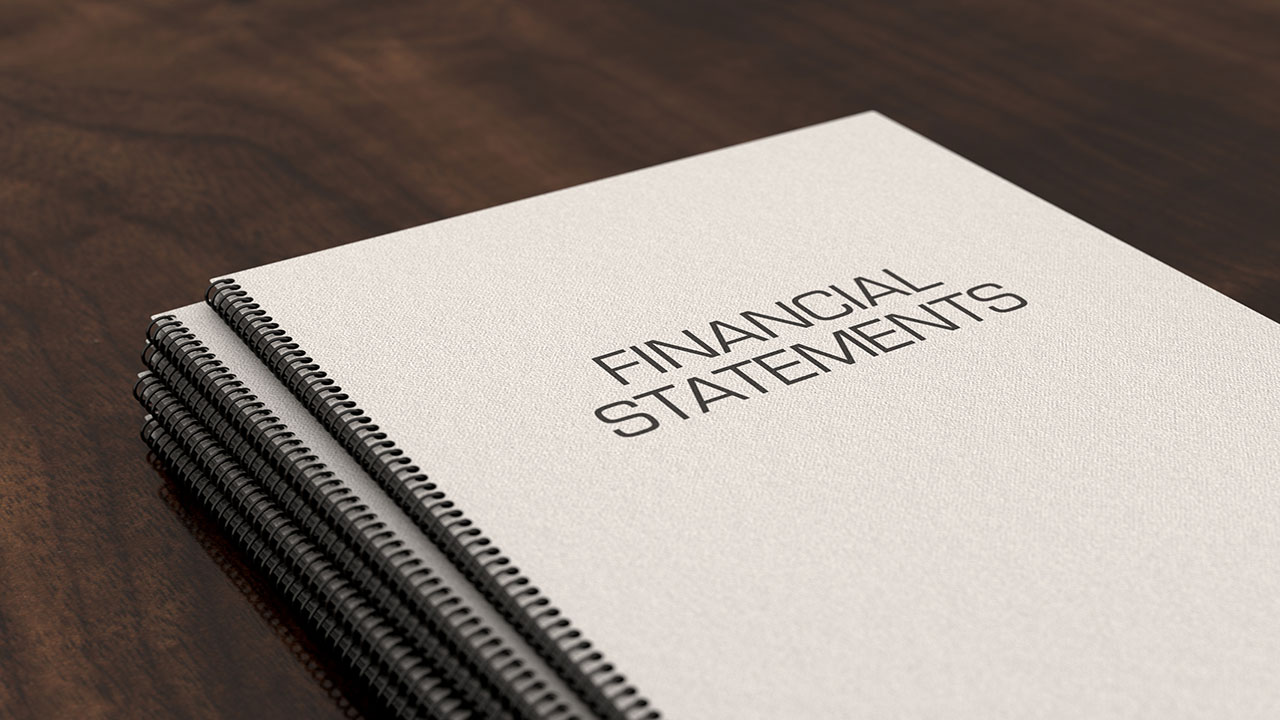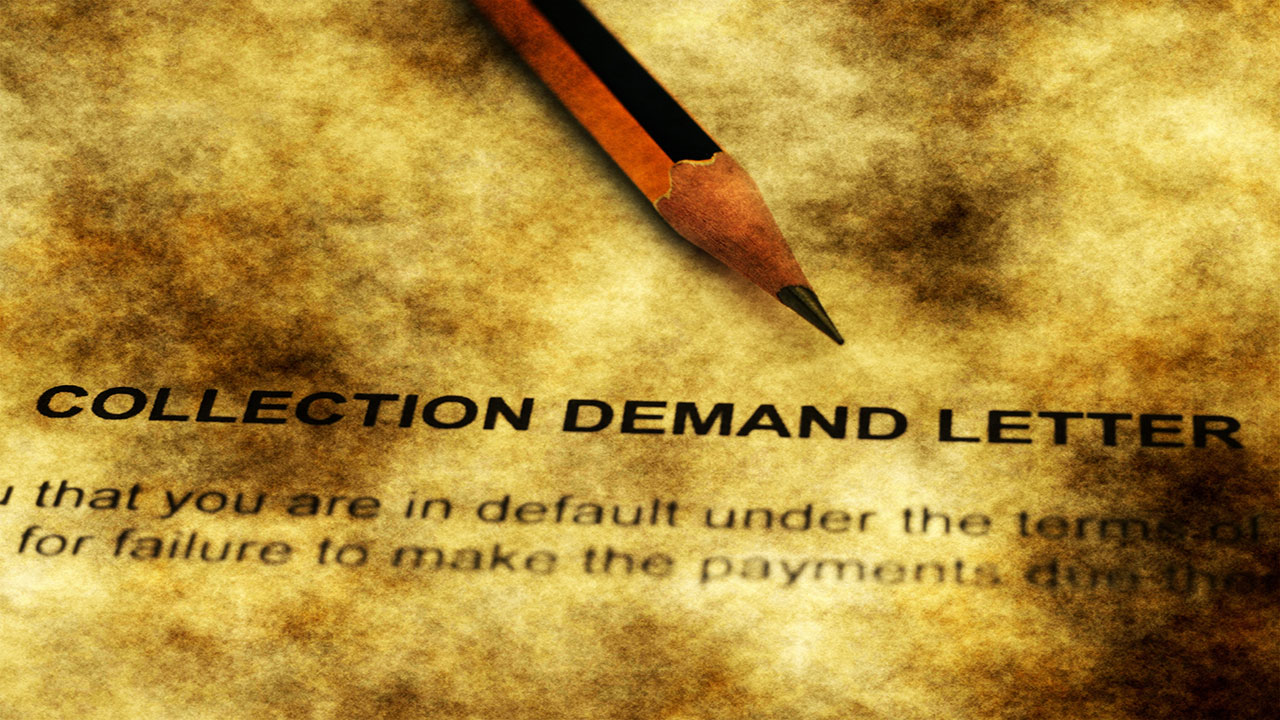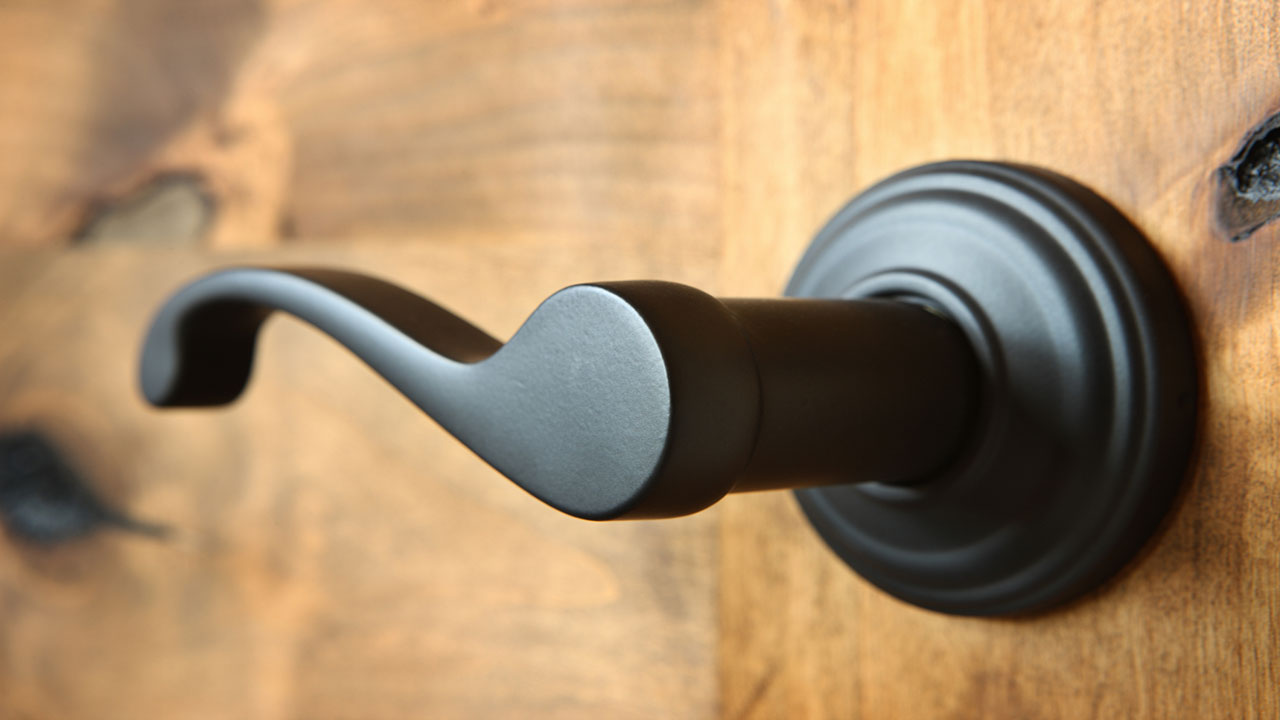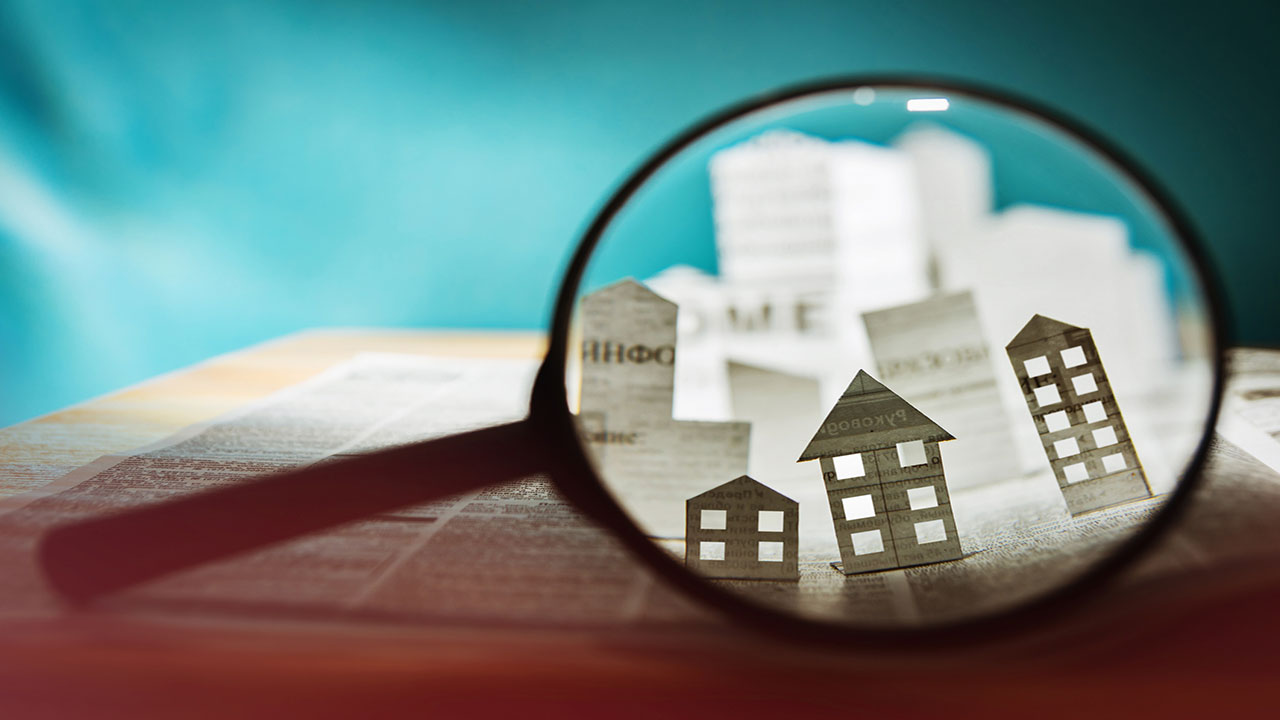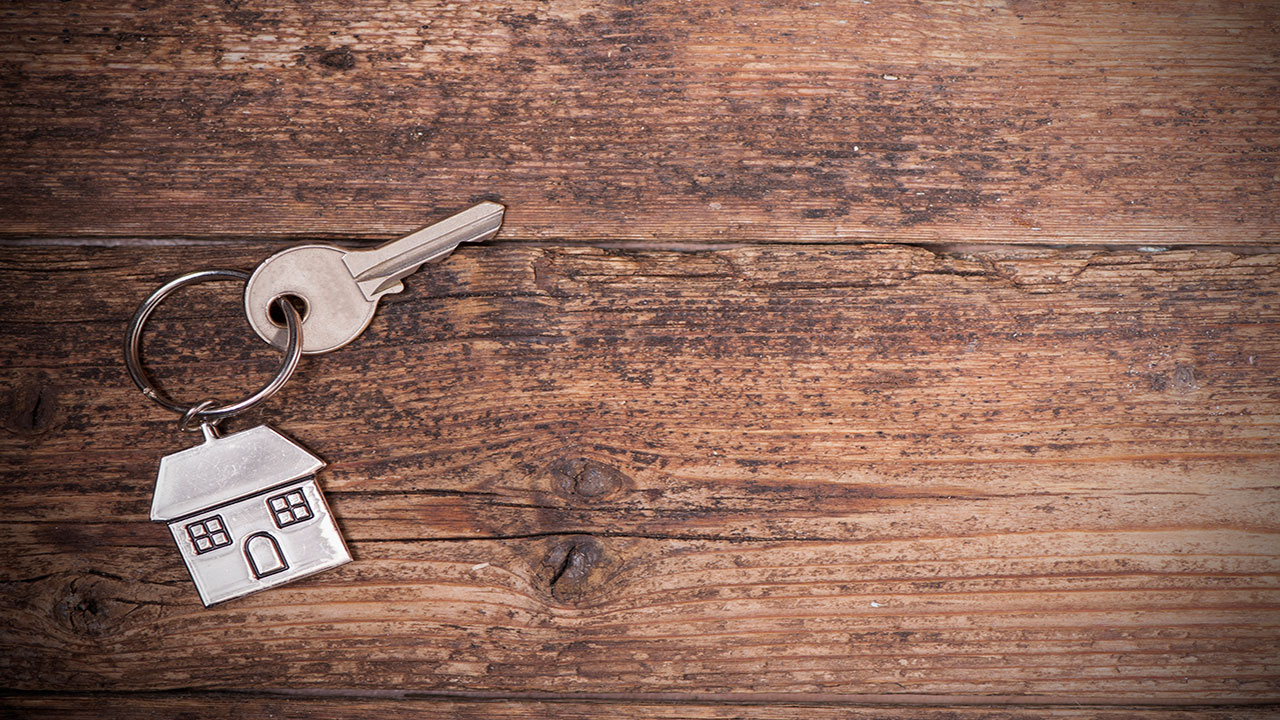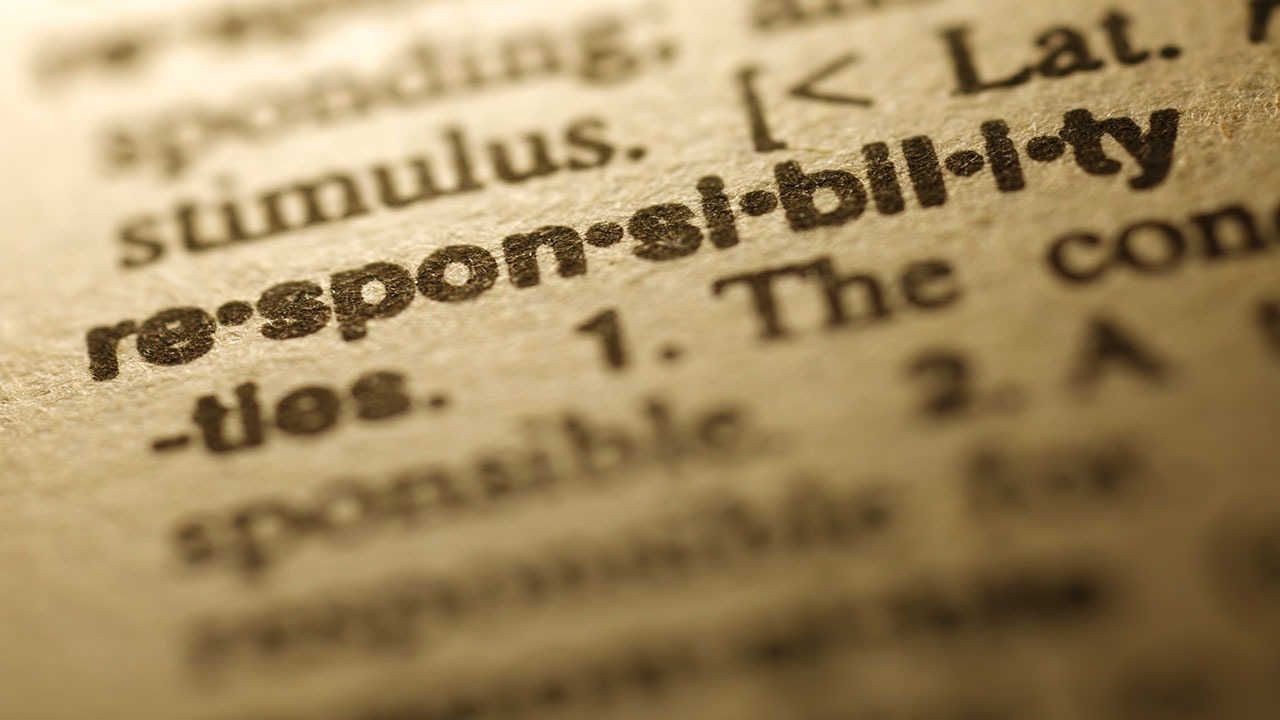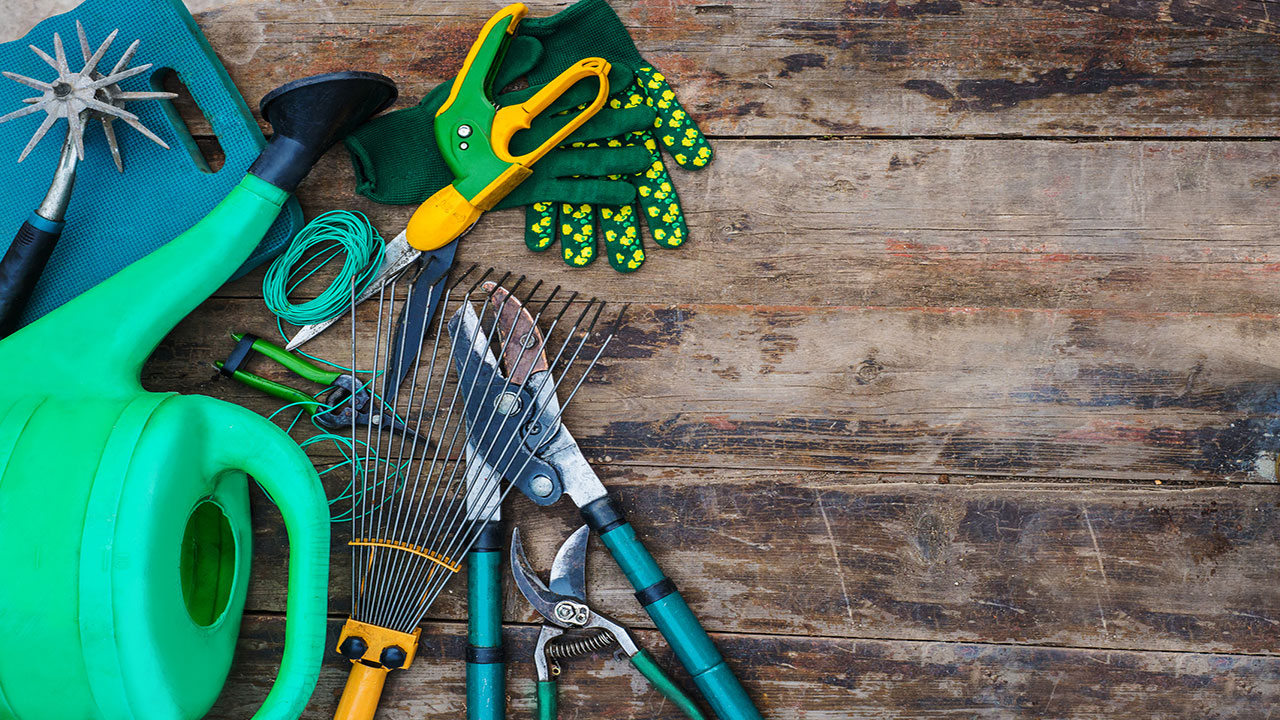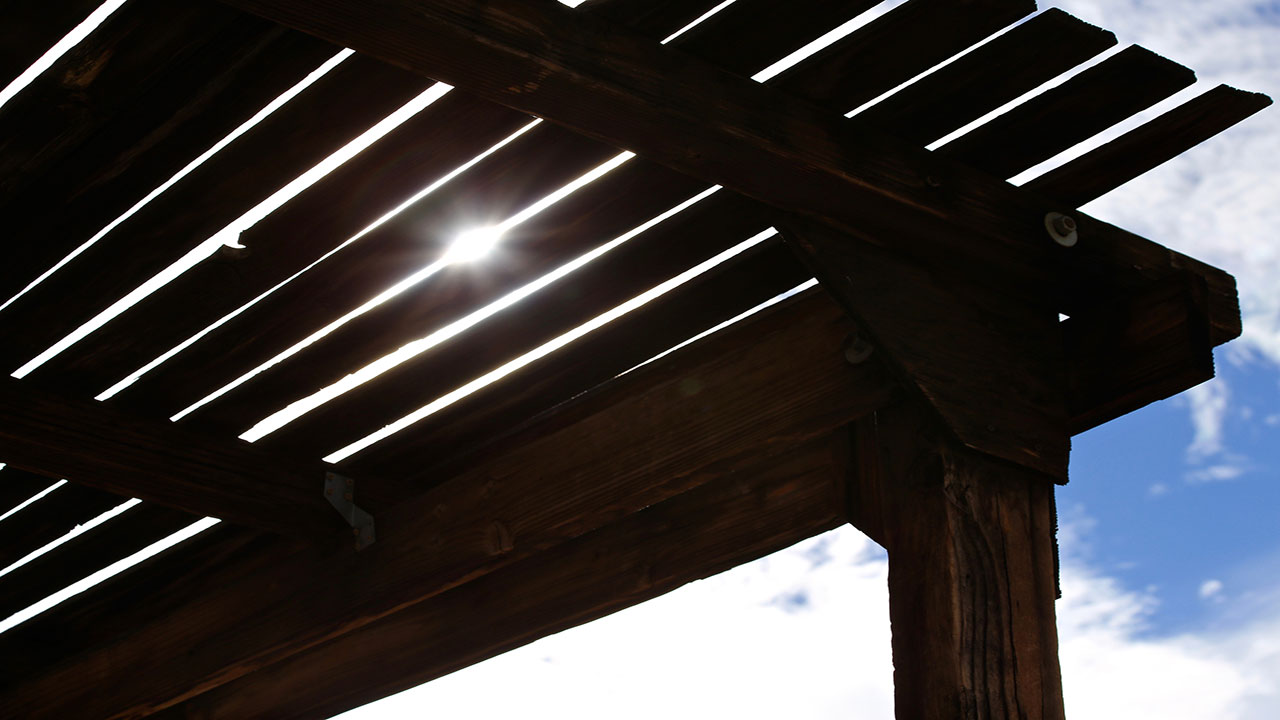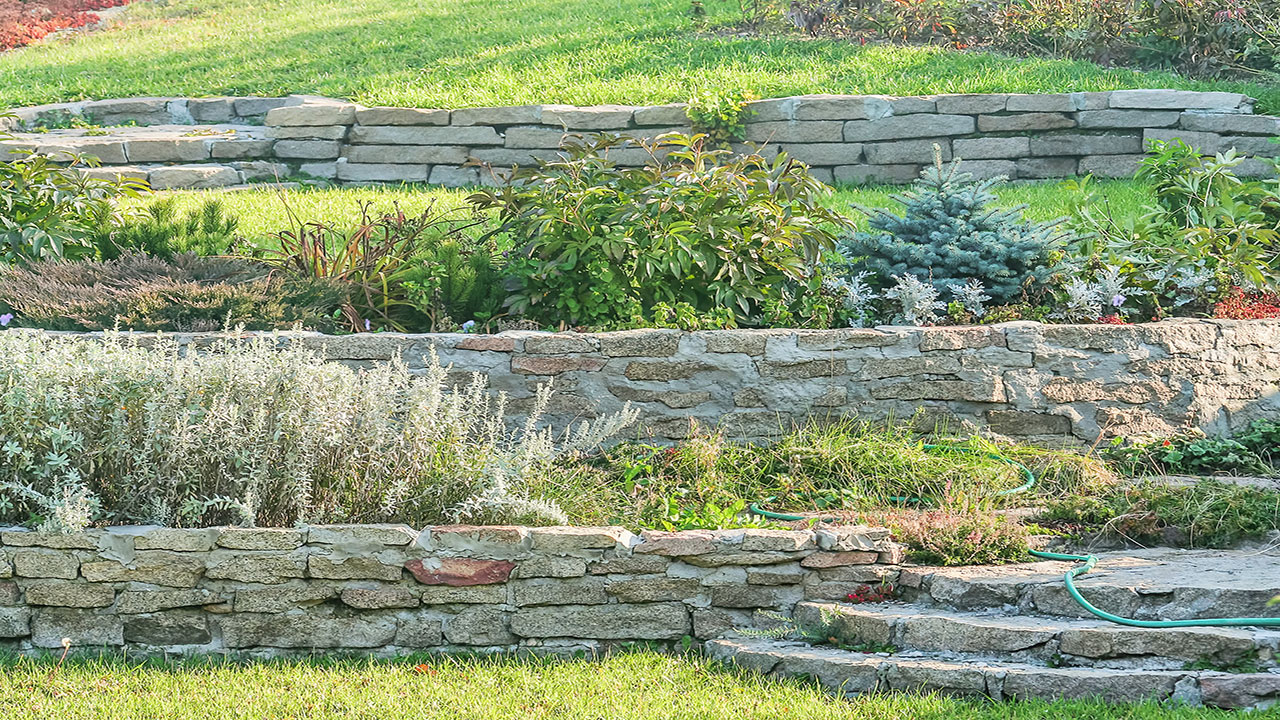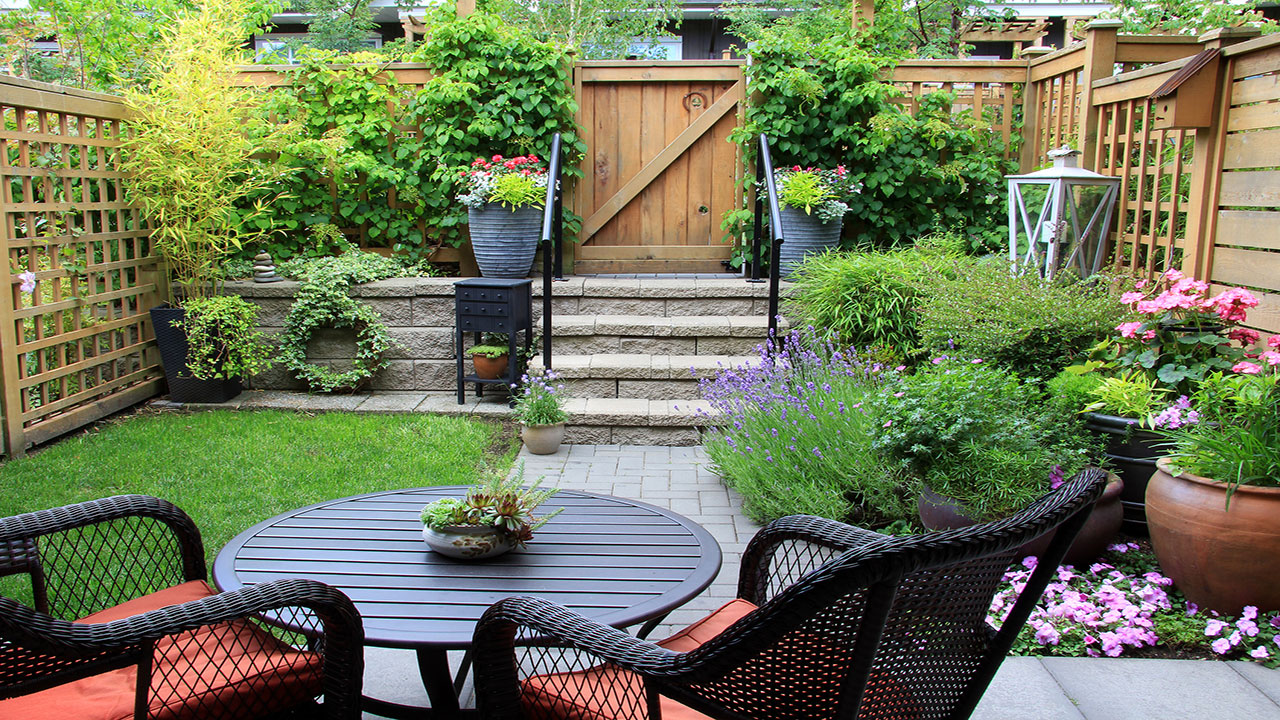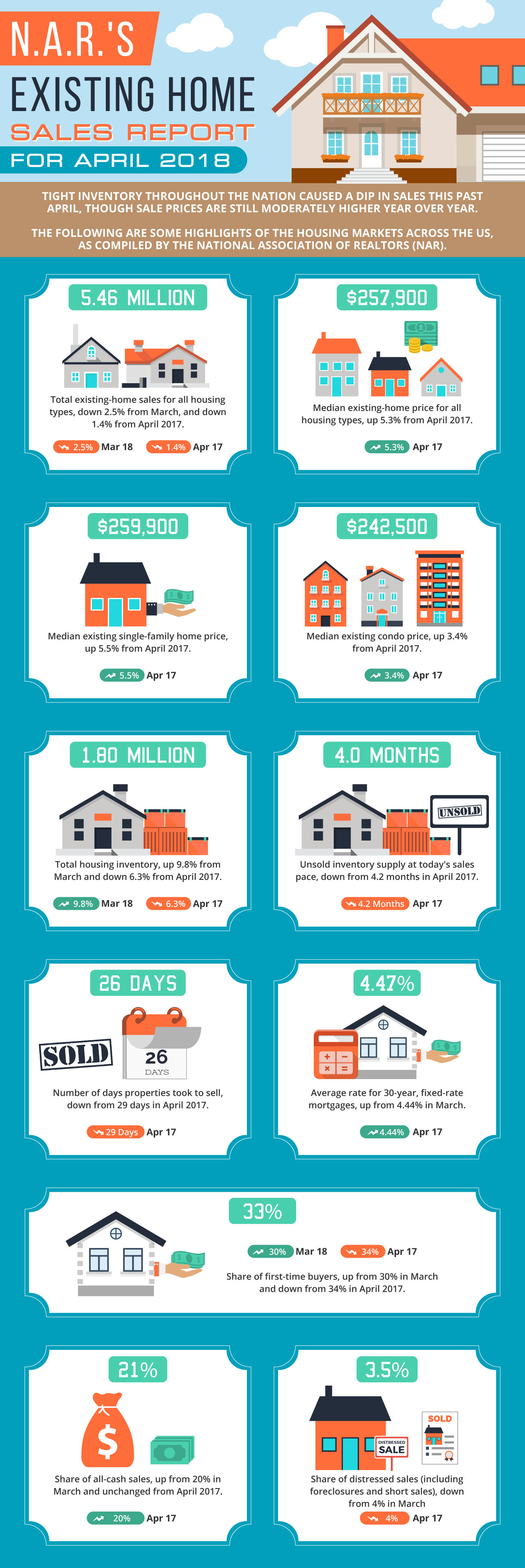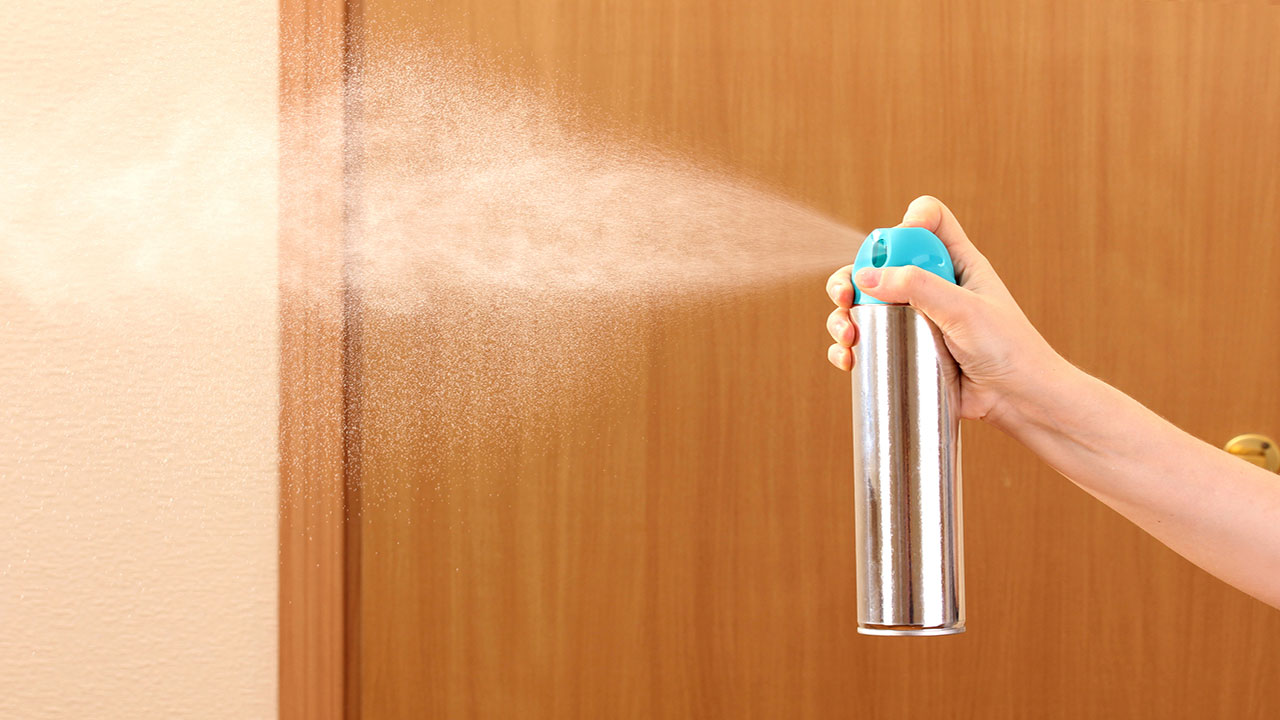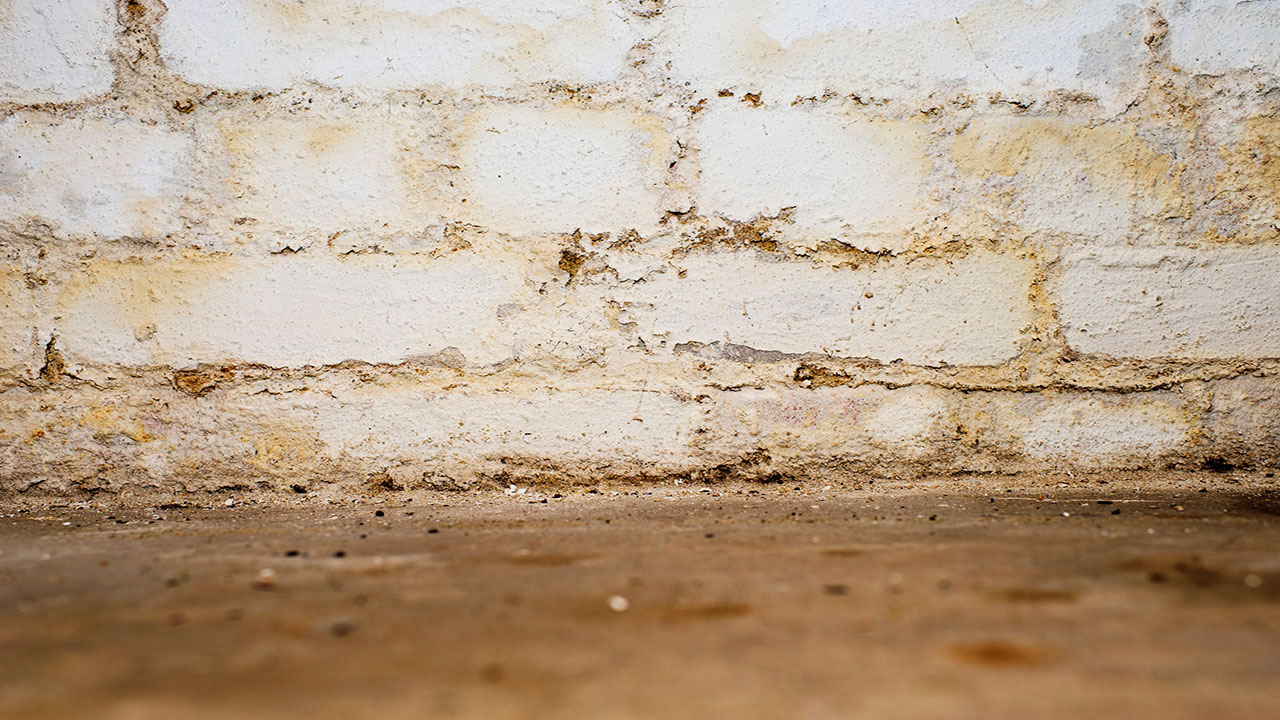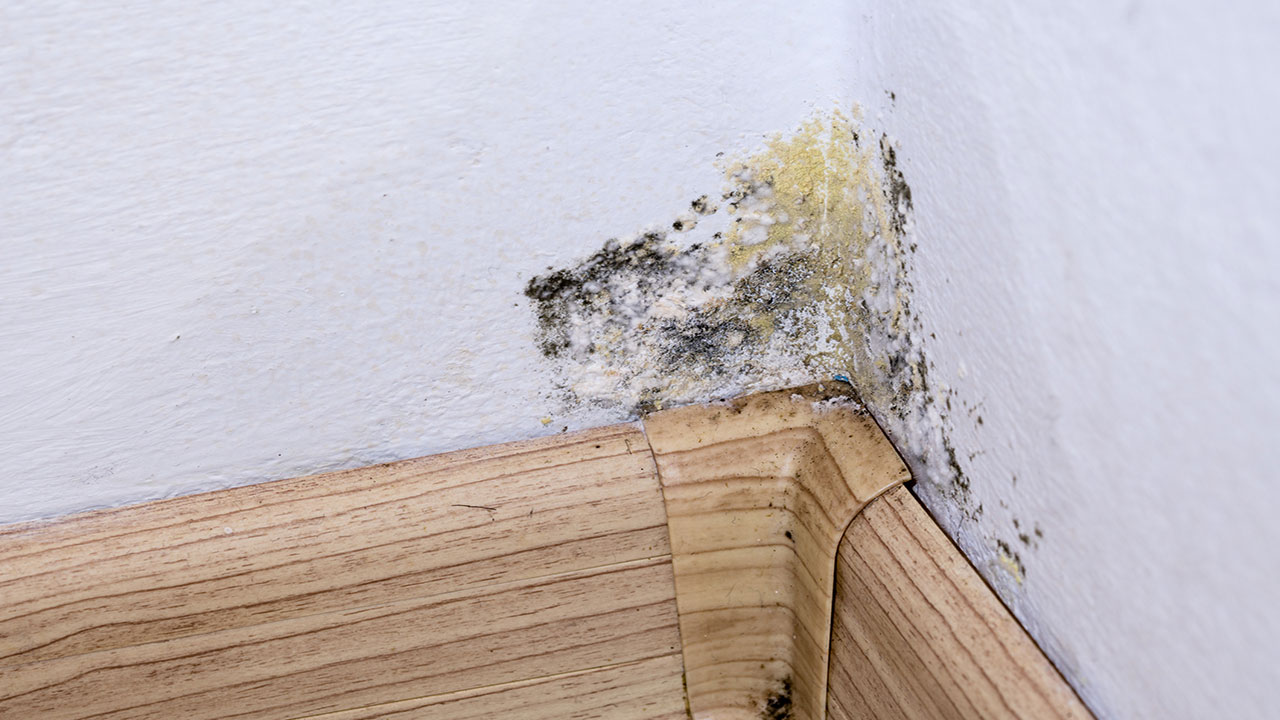7 Things That Sellers Should Leave Behind When They Sell
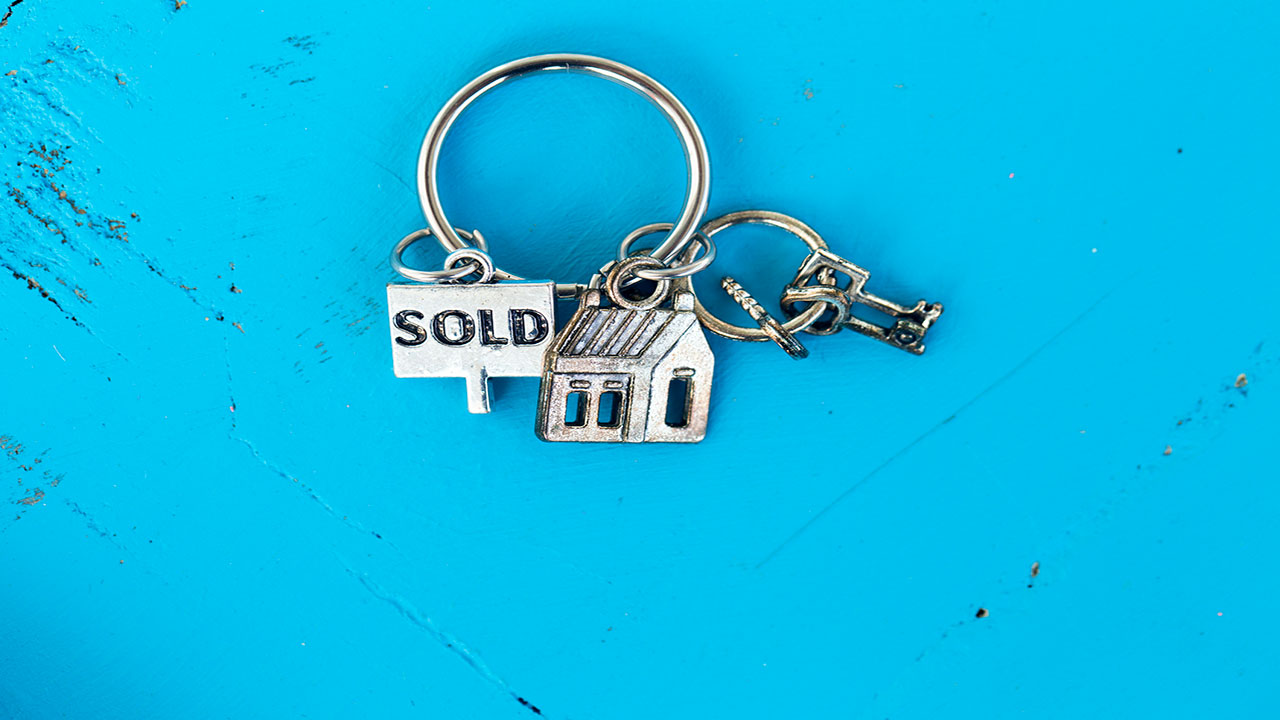
You’ve successfully sold your home and are ready to pack up all your belongings to haul over to your new abode. But while you’ll certainly want to take all of your furniture, artwork, and linens with you, are there certain items that you should be left behind?
Of course, anything that you want to take with you will have to be spelled out in detail in the contract, and the buyer will have to agree to it and sign off on it. Otherwise, there are specific things that you might want to leave behind, and might even be obligated to as per your real estate agreement.
Here are a few things that must be left behind, as well as a few that you probably should out of courtesy to the new owners.
1. Anything Attached to the Home
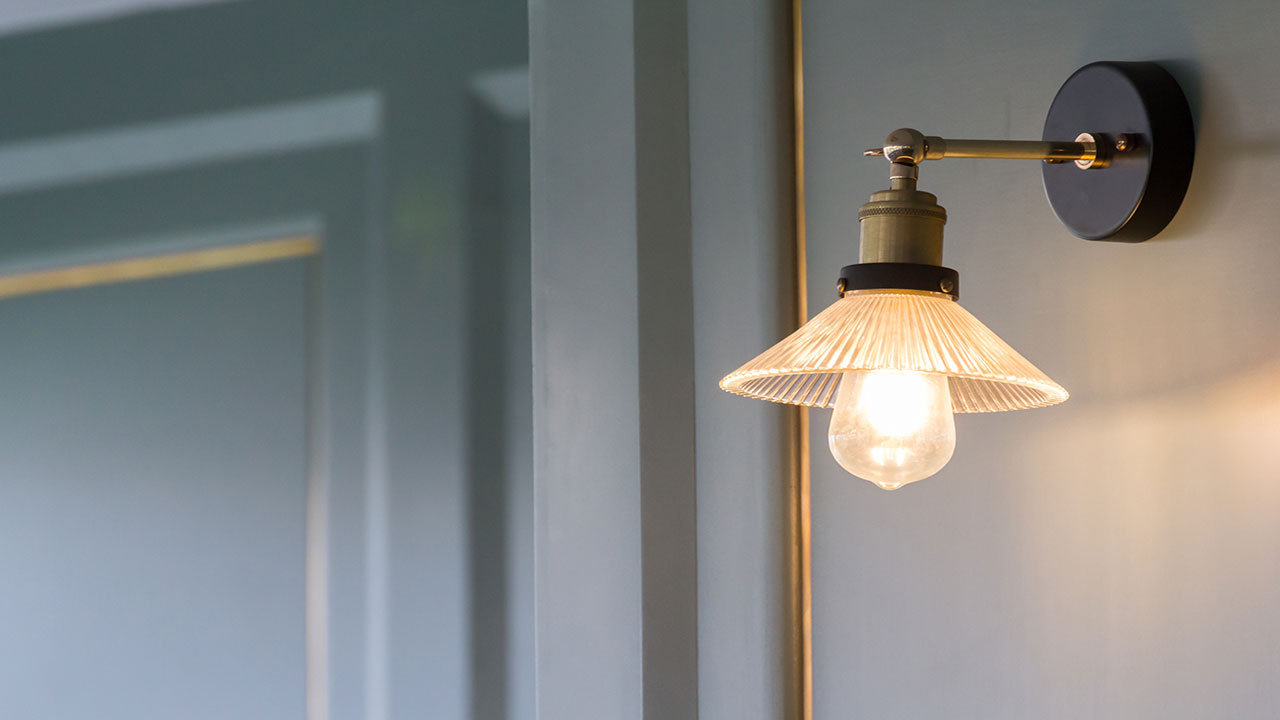
If the item in question is bolted down, it will likely have to stay put. These “fixtures” include anything that is mounted, nailed down, or affixed to the floors, walls, or ceilings. Typically, fixtures include things such as lighting, window drape brackets, and built-in appliances, among others.
But even though the majority of sellers are aware of this rule, it is often the subject of confusion. In fact, the issue of taking versus leaving fixtures often becomes a source of argument among buyers and sellers if these items are not specifically listed in the real estate contract.
Basically, if a home has been altered to accommodate a specific item, it can be considered a fixture. For example, if holes in the walls were made to mount drapery rods, then this is a fixture.
If you want to take it with you, you’ll have to let the buyer know by specifically referencing it in the contract.
2. Landscaping
You might have a prized plant in your garden, but landscaping typically stays with the home when sellers leave. It would be quite strange for buyers to take their final walk-through of the home before it closes, only to see a big gaping hole where your lilac bush used to be.
Again, unless the contract specifically mentions that you have intentions of taking certain parts of your garden when you move, you can’t remove any landscaping. Landscaping is part of the home, so any part of it should be left behind when you vacate the premises.
3. Outdoor Fixtures
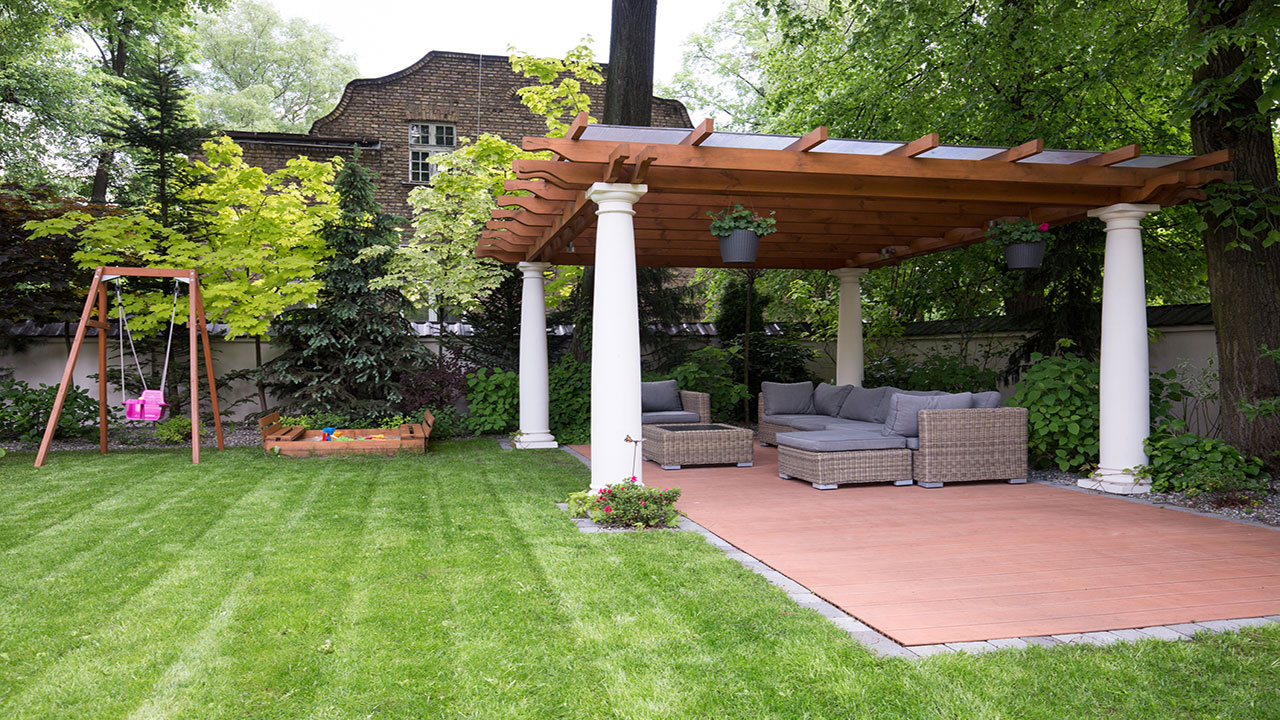
We’ve already discussed the fact that anything bolted to the floor or walls inside the house should stay, and the same thing applies outside. It’s not customary for sellers to dig up their fences or haul out their sheds to take with them on closing day. However, certain items can be cause for confusion among buyers and sellers.
While certain items are obvious, others might not be. For instance, a swing set, mailbox, hot tub, or gazebo that has been anchored to the ground or hooked up to plumbing/electrical wiring is technically considered a fixture and should stay with the house. Otherwise, you’ll need to stipulate the fact that you want to take them with you in the contract.
4. Window Treatments
You don’t necessarily have to leave your drapes behind, though the rods and brackets that they hang from should definitely stay put. That said, it might make sense to leave them since they are made to fit your current home. Sure, window treatments can be considered personal property, but it would be nice to leave them for the buyers.
Besides, you’ll likely have a different layout and theme in your new home. Not only that, but the windows may be a different distance from the ground, which would warrant a completely new set of treatments to accommodate for such a change.
5. Appliances
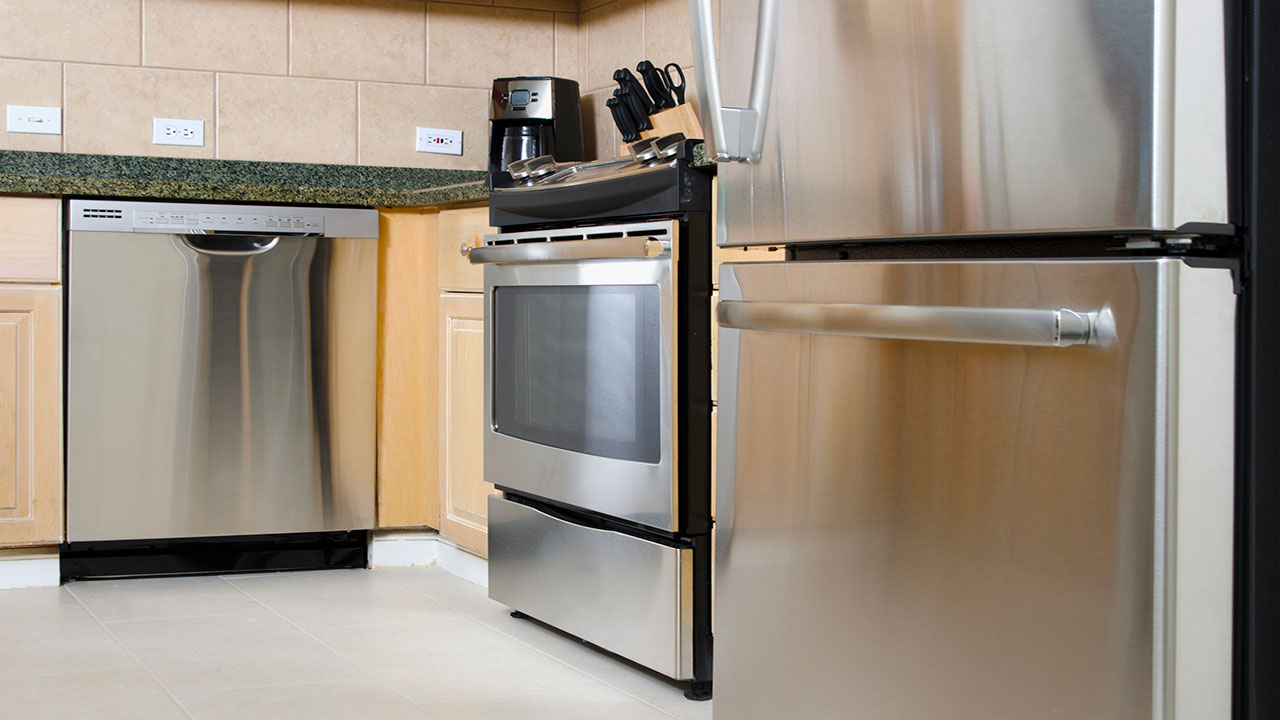
Any built-in appliances are considered fixtures and should be left in the home. Dishwashers and refrigerators that have plumbing attached can also be considered fixtures. Ovens and microwaves can be a grey area because they are not technically bolted down (unless they’re built-ins). That said, appliances are generally left behind with a home unless they are negotiated in the contract.
6. Leftover Paint
It would be nice if you leave behind any leftover cans of paint that can be used by the new owners to patch up any areas throughout the home. It would be almost impossible to find the exact paint match if the additional paint is needed. You’d be doing the new owners a big favor by leaving behind whatever leftover paint you have. Besides, you probably have no use for it anyway. Just be sure to leave it in a dark and cool storage room.
7. Owner’s Manuals

Any appliances – both big and small – typically come with owner’s manuals. Be sure to leave these behind in easy-to-find locations in case the new owners need to do some trouble-shooting.
The Bottom Line
While many items in a home must be left behind when you move, others should stay simply out of courtesy of the new owners. That said, you don’t want to cause any confusion or arguments by removing anything that the buyer believes will be left behind. In order to ensure smooth sailing, make your real estate contract as detailed as possible about what will be taken and what will remain on the premises.



